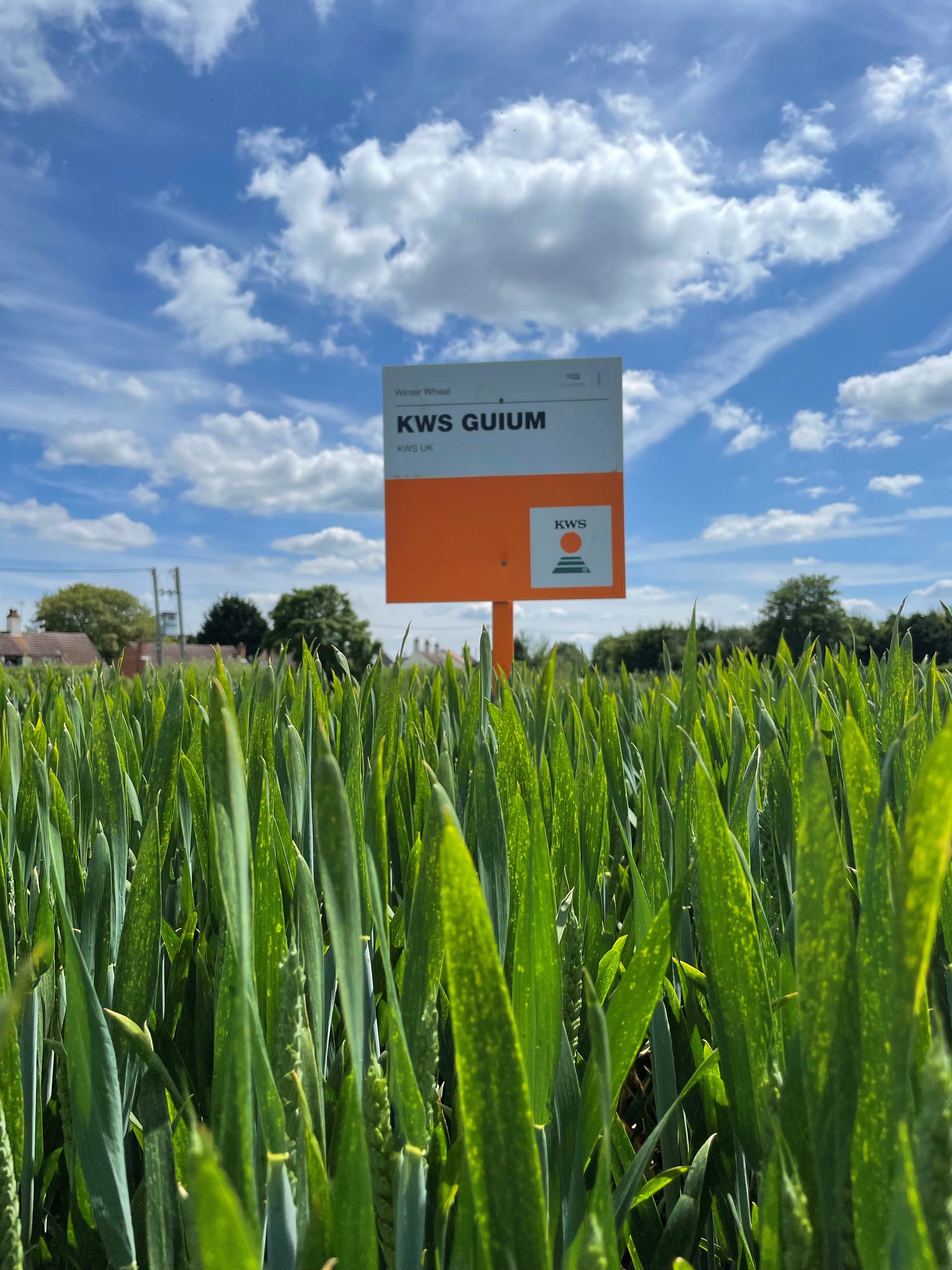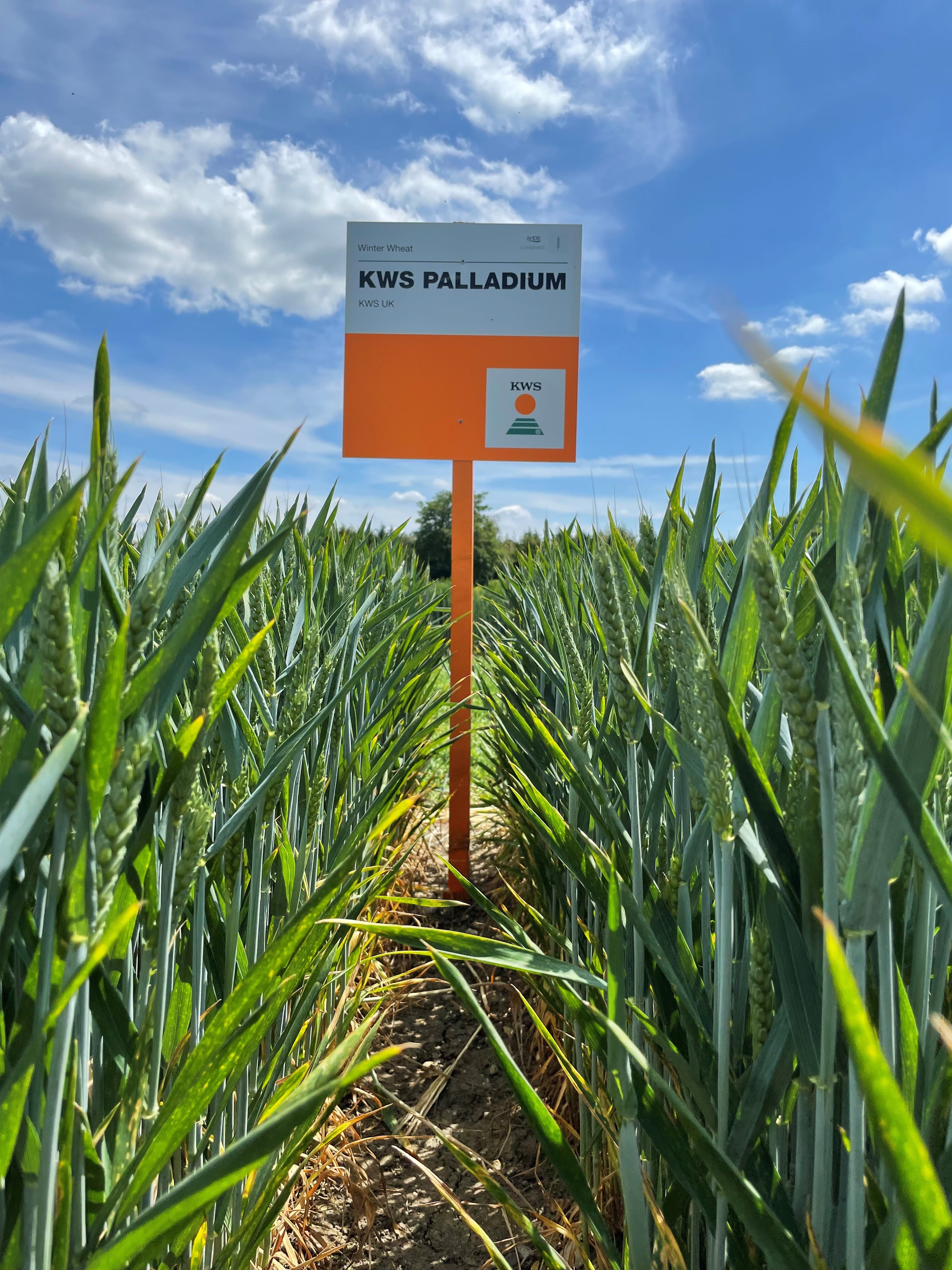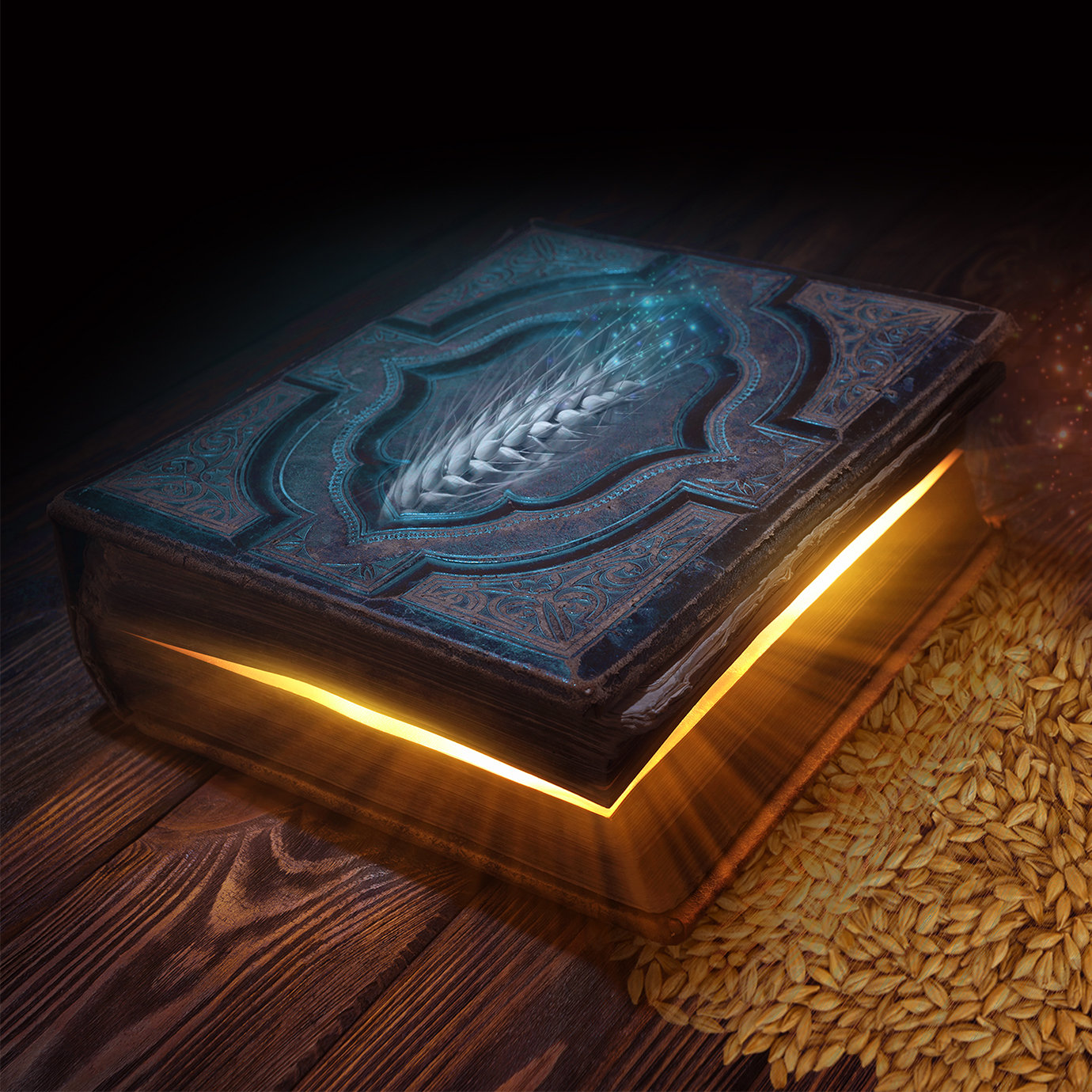How new generation Group 2 wheats could step up to the group 1 plate
Current worries over availability of Group 1 wheats could present marketing and premium price opportunities for both KWS Extase and Palladium in the future, believes the company’s Dr. Kirsty Richards.
“There are genuine concerns across the trade about the lack of new Group 1 milling wheats coming to market and these are being compounded by weaknesses emerging in existing varieties.
“Yellow rust is becoming an increasing problem for some Group 1 varieties whilst others are being outpaced for yield.
“Two difficult autumns have not helped the situation and many existing varieties are struggling generally with the more challenging growing conditions we are facing in the UK now.”
The new generation of Group 2s, in contrast, have gone from strength to strength in recent years
“In addition to high yields, many growers have been achieving very good protein contents in the field with KWS Extase and KWS Palladium looks even stronger in this area.
“Millers need a consistent and reliable source of 13% protein wheat to make the wide range of bakery products consumers prefer these days and KWS Palladium excels in this area.
“There are already good 13% contracts out there for Extase and we fully expect Palladium to follow suit opening up several more opportunities in the future.”
KWS technical specialist Olivia Potter says whilst Palladium is another short, stiff-strawed variety with an early harvest giving real security for producers, it’s important to stress that KWS does not see Palladium as Extase Mk. 2.
“It’s another high yielding variety with good disease resistance and a 13.1% protein content delivering the highest protein production/ha of all current RL milling wheats.
“It’s got a three-year septoria resistance of 7.4 combined with a 9 for yellow rust and an 8 for mildew to give an untreated yield 90% of the treated control – just 3% behind KWS Extase - and is equally well suited to full agronomic approaches and lower input ones.
“It has particularly strong performance in the West and when in the second wheat position, where 60% of milling wheats are sown.
“Quality-wise it’s got a specific weight of 76.9kg/hl, an HFN of 315 and that outstanding milling protein level of over 13%, so it’s perfect for a range of baking uses with good gluten strength and loaf volume.”
Whilst Palladium has many of the same characteristics as Extase, it comes from a very different parentage and, importantly, its Septoria resistance has a different genetic base than other commercialised Group 2 varieties, she points out.
“That adds diversity to the Group and will help ensure we can maintain good levels of Septoria resistance moving forward.
“KWS Palladium is also suited to earlier drilling than KWS Extase but the two of them work very well in partnership for growers targeting the Group 2 marketing sector or simply wanting to add high quality grain to the feed heap.
Discover our new barley addition to the 2022/23 RL
Your consultants


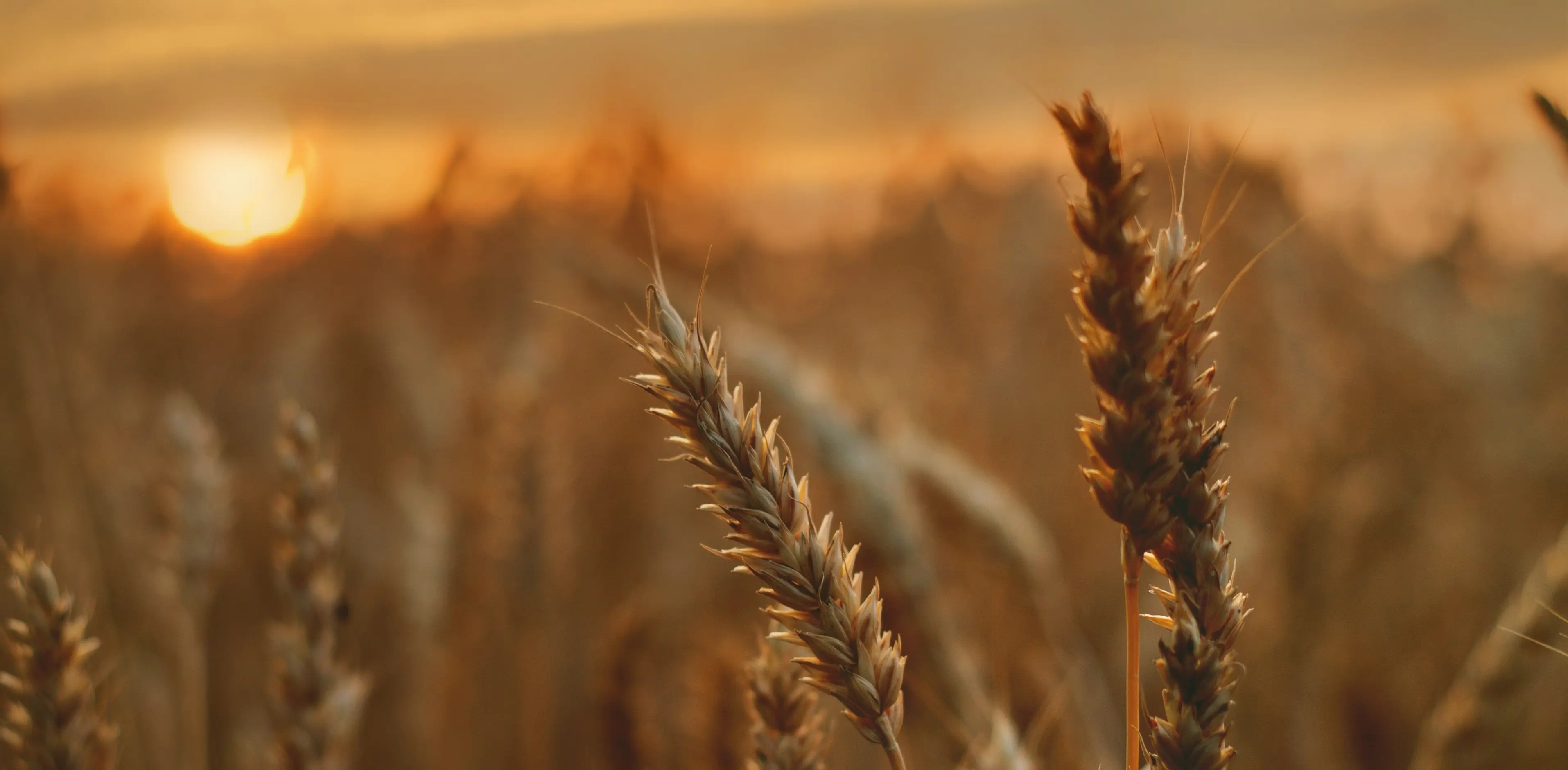
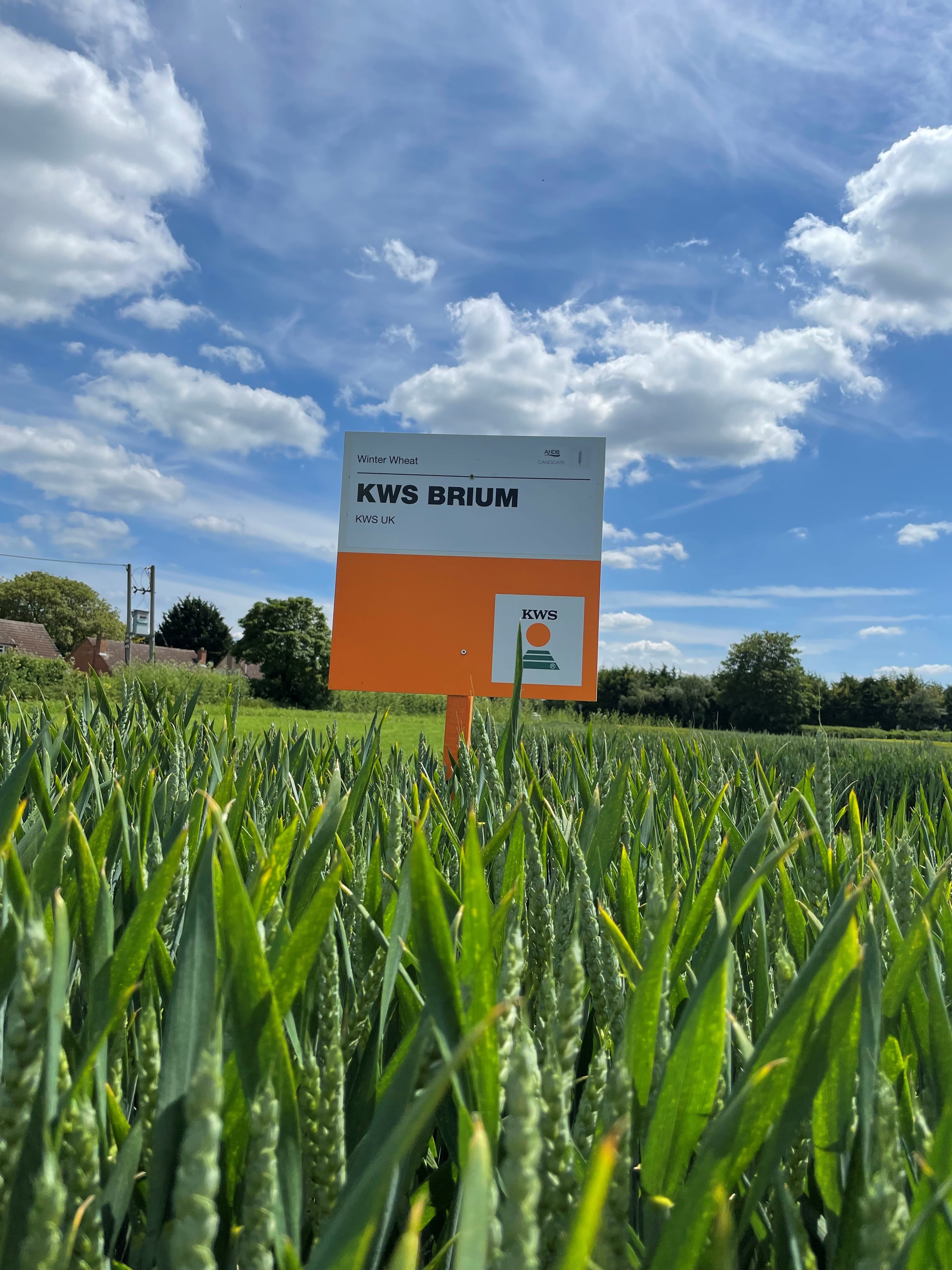
.jpg)
